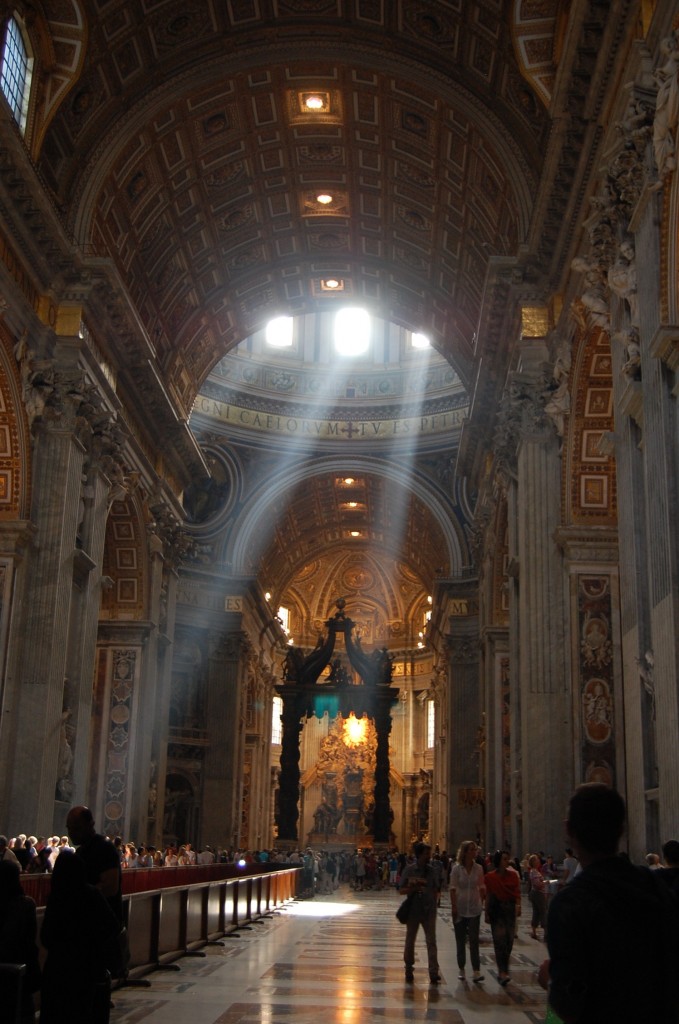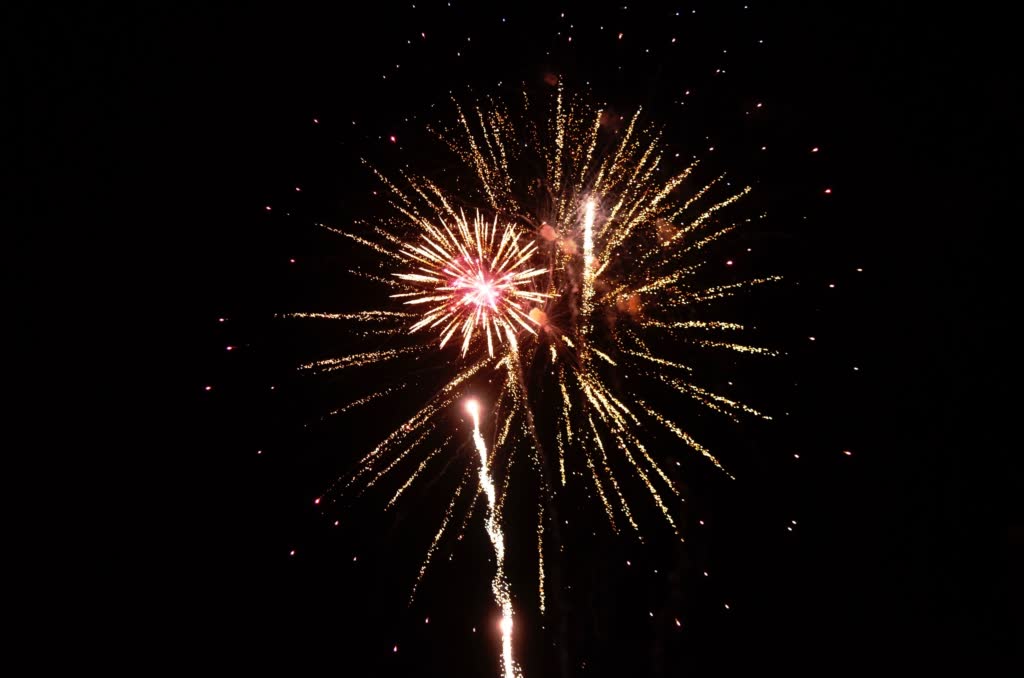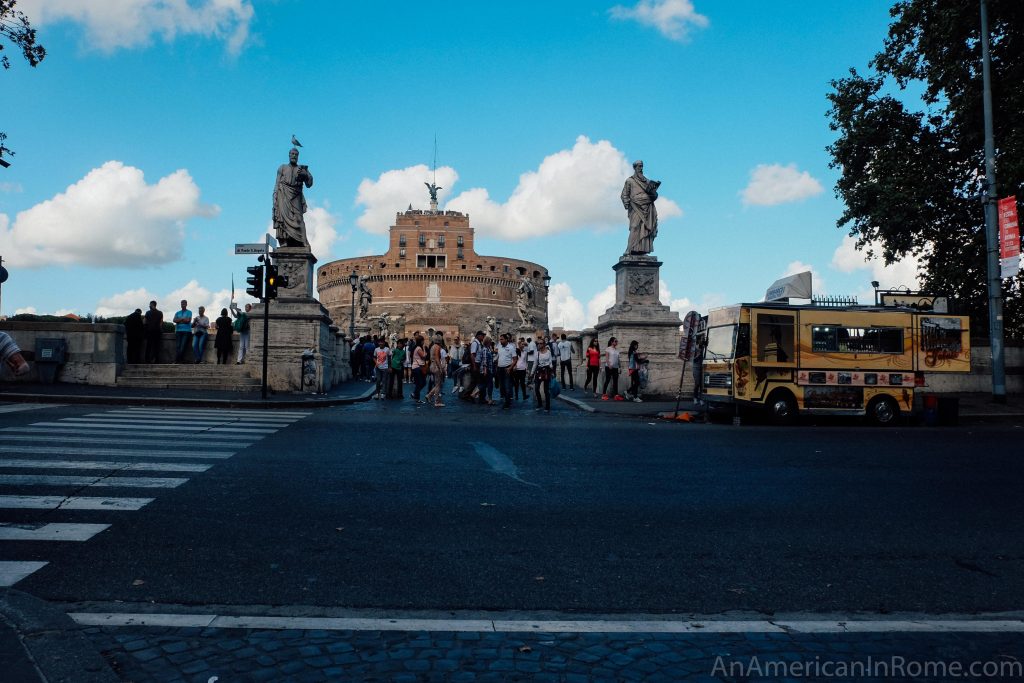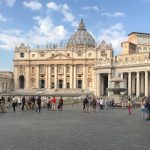If you find yourself in Rome on June 29th, the city may seem a lot quieter than normal. That is because 29 June is the feast day of St. Peter and St. Paul, the two patron saints of the Eternal City.

While more people know of the association of St. Peter with Rome, both he and St. Paul were martyred in the city just a mere three years apart. St. Peter was crucified upside down on the spot where St. Peter’s Basilica now stands. St. Paul was beheaded, and St. Paul’s Outside the Walls marks the spot where the apostle was martyred.
While both saints have their own individual feast days, they are also celebrated together on June 29th given their twin status as patron saints of Rome. In their honor, the city shuts down. So while St. Peter and St. Paul is not a national public holiday in Italy, it IS treated like one in Rome.
Here’s what to know about the Festa dei SS Pietro e Paolo:
(NOTE: in 2020, the regular celebrations are on pause due to the health emergency. Read on for information about digital events and streaming).
These days, a majority of Romans look forward to the Feast of St. Peter and St. Paul as a day off work. The streets are widely deserted as locals use the holiday to escape the city and enjoy time at the beach or a long lunch in the countryside. However, given that it celebrates two of Jesus’s Apostles, the feast day is ultimately a religious one.
Most of the events in Rome on June 29threvolve around Catholic celebrations. On June 28th, St. Paul’s Outside the Walls has a special mass and continues the masses through the next day.
At the Vatican, St. Peter’s Basilica becomes the site of a special mass dedicated to the saints at 10 am on 29 June. If you manage to be inside the basilica for the service, you will note that the statue of St. Peter next to the main altar is dressed in Papal vestments. (He was, after all, the very first Pope). The Pope then says the Angelus on St. Peter’s Square at 12 pm. Here’s where to find out more.

The walk to St. Peter’s Square is more spectacular than every if you can visit on the June holiday. That is because the entirety of Via della Conciliazione. Volunteers work throughout the night to create elaborate designs with petals and natural materials, painting the road with flowers. The event is known as the infiorata (and you can see an example here of the infiorata di Genzano di Roma).
After the masses and religious celebrations, the day in Rome is capped off with a fireworks display known as La Girandola. We owe the tradition of the fireworks to Michelangelo, who supposedly engineered the first fireworks for St. Peter and St. Paul in 1488. His explosions ended with a spinning pinwheel of flames and light over Castel Sant’Angelo, given rise to the nickname “girandola.”

In the late 19th century, it was deemed too dangerous to have fireworks over Castel Sant’Angelo. This makes basic sense, but it is too bad because Ponte Sant’Angelo is a fitting place to mark the day: at the beginning of the bridge leading to the castle, you will find statues of St. Peter (with the keys to Heaven) and St. Paul, standing across from one another.

However, the tradition was revived in Rome about 20 years ago. The fireworks display now takes place at the Pincio Terrace at 9 pm on 29 June. The best place to watch is from Piazza del Popolo. In 2020, the fireworks display will be an online only event. You can find more information to tune in here.
Remember: June 29th is an official holiday in Rome, but not in the rest of the country. Expect many businesses in the Eternal City to be closed, public offices to be shuttered, and transportation to run on a more limited schedule. Most museums are open, though some do observe the holiday so it is best to check their websites to confirm their hours on 29/06.





Hey Natalie. I love your blogs. Would you do a post about what’s open in Rome now? I’m wondering if this is a good time to visit or if too many things would be closed.